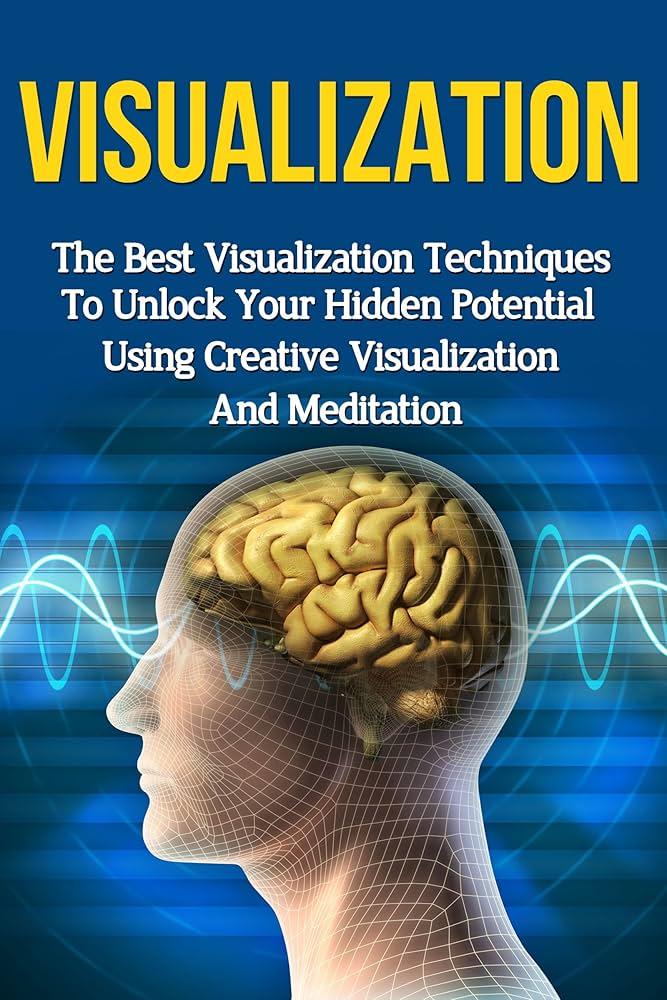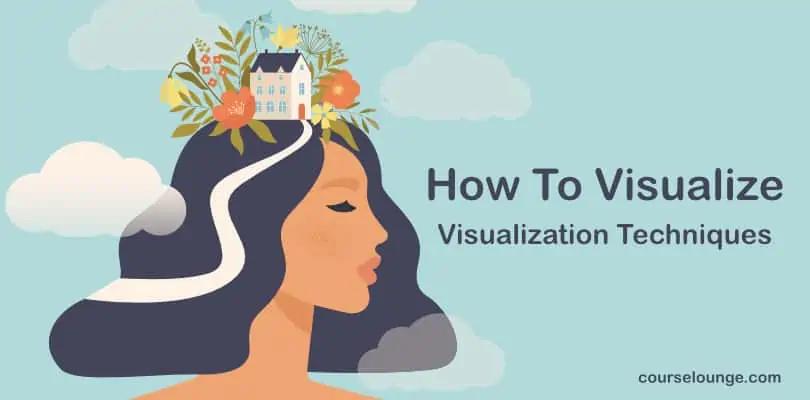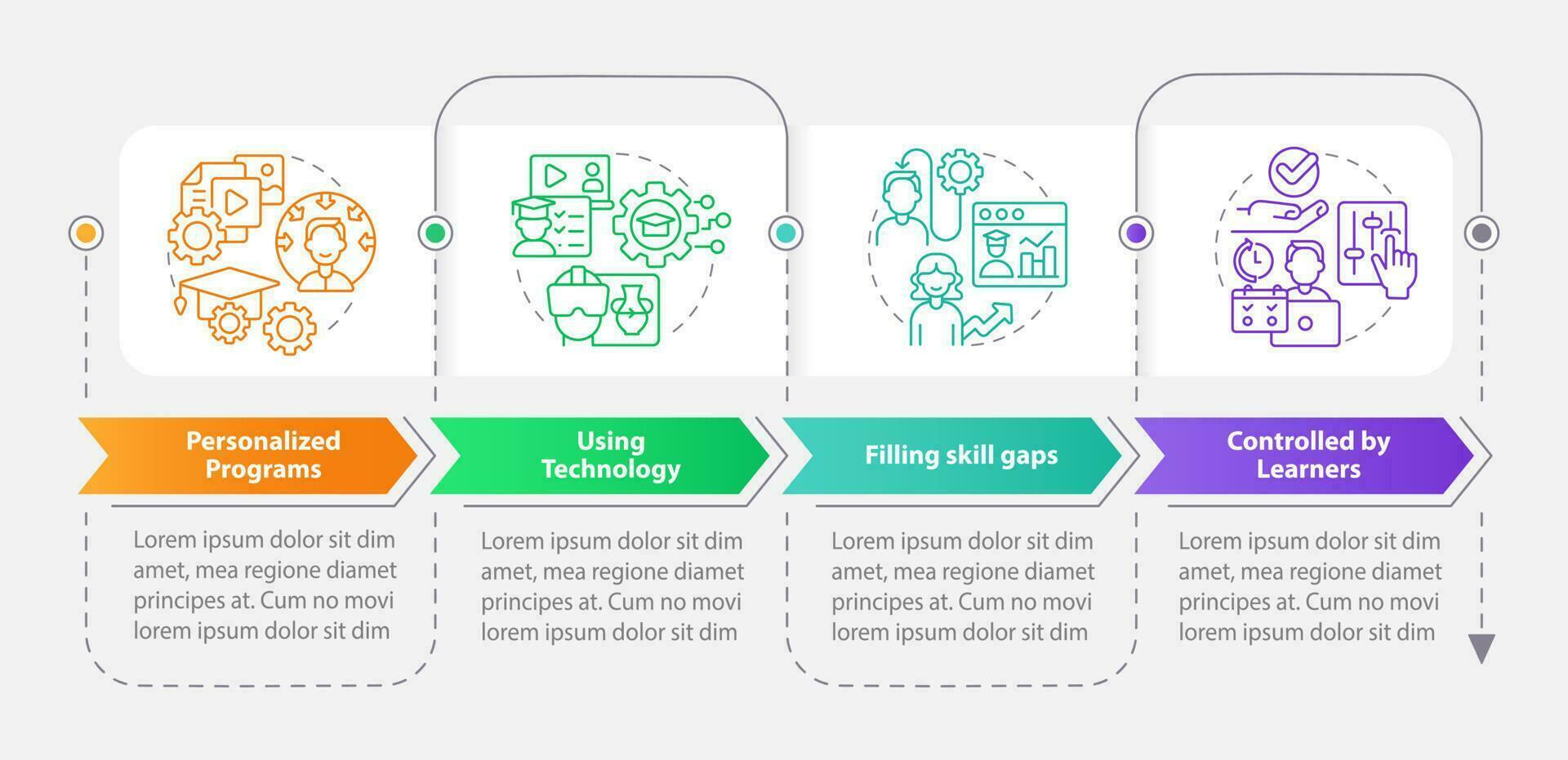In a world where distractions are abundant and aspirations often seem just out of reach, the pursuit of success can feel like an elusive journey. Yet, amid the chaos, there lies a potent tool that has the power to transform dreams into reality: visualization. This intriguing practice, steeped in psychological and neurological insights, invites individuals to imagine their goals vividly and tangibly, bridging the gap between intention and achievement. From elite athletes harnessing the mind’s eye to enhance their performance, to professionals channeling mental imagery to foster creativity and problem-solving, visualization is more than a fleeting daydream; it’s a strategic approach to unlocking one’s full potential. In this article, we will explore the multifaceted power of visualization, uncovering how this simple yet profound technique can pave the way to success in various facets of life. Join us as we delve into the science, techniques, and inspiring stories behind this transformative practice, and discover how to harness the power of your mind to turn aspirations into accomplishments.
Understanding the Science Behind Visualization and Its Impact on Achievement
Visualization taps into the brain’s remarkable ability to simulate experiences, rendering the abstract into something tangible. When individuals engage in visualization, they create vivid mental images of their goals and the steps necessary to achieve them. This practice not only enhances motivation but also bridges the gap between intention and action. The brain, unable to distinguish between a real experience and a vividly imagined one, activates neural pathways that bolster confidence and focus. As such, visualization can lead to improved performance across various aspects of life, whether in sports, education, or personal development.
The psychological effects of visualization extend far beyond mere motivation; they also involve physiological responses that prepare the body for success. By repeatedly visualizing success, individuals can:
- Reduce anxiety: Picture your achievements to lower performance-related stress.
- Enhance concentration: Focused imagery sharpens mental acuity and situational awareness.
- Improve muscle memory: Visualize movements to enhance physical execution.
To illustrate visualization’s efficacy, consider the following table that outlines key areas where visualization can drive achievement:
| Area | Impact of Visualization |
|---|---|
| Sports Performance | Enhances technique and reaction times. |
| Academic Achievement | Boosts confidence and enhances recall. |
| Public Speaking | Reduces fear and promotes effective delivery. |

Crafting Your Vision: Techniques for Effective Visualization Practices
Visualization is more than merely imagining your desired outcomes; it’s about engaging with your deepest aspirations in a way that dictates your actions toward achieving them. Start by establishing a calm environment where distractions are minimized. Use breathing exercises to center your thoughts and invite clarity. Then, draw on your imagination to create vivid mental images of your goals. Focus on sensory details to make these images more powerful—what do you see, hear, and feel in that moment of success? Consider the following techniques to enhance your practice:
- Vision Boards: Create a collage of images and words that resonate with your dreams.
- Guided Visualization: Use audio resources that lead you through mental imagery exercises.
- Journaling: Write about your experiences as if they have already happened, reinforcing your self-belief.
By consistently engaging in these techniques, you’re training your mind to align with your objectives. Incorporate visualization into your daily routine, perhaps by setting aside just a few minutes each morning. Consistency breeds familiarity, allowing your subconscious to absorb these affirmations and steer your efforts towards tangible outcomes. Below is a simple table for tracking your visualization goals:
| Goal | Visualization Technique | Frequency |
|---|---|---|
| Career Progression | Vision Board | Daily |
| Healthy Living | Guided Visualization | Weekly |
| Personal Development | Journaling | Every Evening |

Overcoming Obstacles: Using Visualization to Break Through Mental Barriers
Visualization is a powerful mental technique that empowers individuals to transcend their limitations and achieve their goals. By creating vivid mental images of success, you can train your brain to recognize, respond to, and overcome obstacles. This process involves not only visualizing the end result but also immersing yourself in the details of the journey towards that goal. Here are some essential elements to incorporate into your visualization practice:
- Clarity: Clearly define what success looks like for you.
- Emotion: Feel the emotions associated with achieving your goals.
- Repetition: Integrate visualization into your daily routine to reinforce the mental pathways.
When trying to break through mental barriers, it can also be helpful to track your progress and the effectiveness of your visualization exercises. This can serve as a motivational tool, allowing you to adjust your approach as needed. Consider using a simple table to record your visualization sessions and outcomes:
| Date | Duration (minutes) | Visualization Focus | Outcome |
|---|---|---|---|
| 2023-10-01 | 15 | Public Speaking | Improved Confidence |
| 2023-10-02 | 20 | Career Advancement | Increased Motivation |
| 2023-10-03 | 10 | Fitness Goals | Enhanced Focus |

Personalizing Your Journey: Tailoring Visualization Strategies to Align with Your Goals
To effectively enhance your journey towards success, it’s crucial to align your visualization strategies with your specific goals. First, consider your objectives and break them down into manageable components. This not only clarifies your vision but allows you to create a step-by-step map, ensuring that each visualization exercise is purposeful and directed. For instance, if your goal is to excel in a career, visualize not just the end result, but also the incremental achievements—such as successfully completing projects, earning recognition, or acquiring new skills. By focusing on these milestones, you can cultivate a more motivational and rewarding visualization practice.
In addition to breaking down your goals, personalizing the content of your visualizations can maximize their impact. Here are a few strategies to consider:
- Emotional Resonance: Incorporate personal experiences or emotions that inspire you.
- Sensory Engagement: Use vivid imagery, sounds, and even tactile sensations to immerse yourself in the visualization.
- Time Frames: Visualize not only short-term goals but also long-term visions, creating a narrative that extends beyond the present moment.
Experimenting with these personalized techniques can lead to richer, more dynamic visualizations, ultimately aligning your subconscious efforts with your conscious desires.
Concluding Remarks
In the intricate tapestry of achievement, visualization emerges as a vibrant thread, weaving together our aspirations and the pathways to their realization. By harnessing the power of imagery, we unlock doors to untapped potential, transforming abstract dreams into tangible realities. As we close this exploration of visualization’s role in success, it becomes clear that the mind, much like a canvas, awaits our brushstrokes of intention and belief.
As you step away from these pages, consider how the landscapes of your imagination can serve as training grounds for the victories you seek. The past may be etched in stone, but the future lies in fluid possibility, ready to be molded by your vision. Embrace the practice of seeing your success vividly; it is not merely wishful thinking, but a powerful strategy poised to propel you forward.
In the realm of achievements—big or small—remember that every monumental success began as a flicker of thought. So, dare to dream, visualize boldly, and unleash the extraordinary potential that lies within you. Your journey to success begins with a single image. What will you choose to see?



